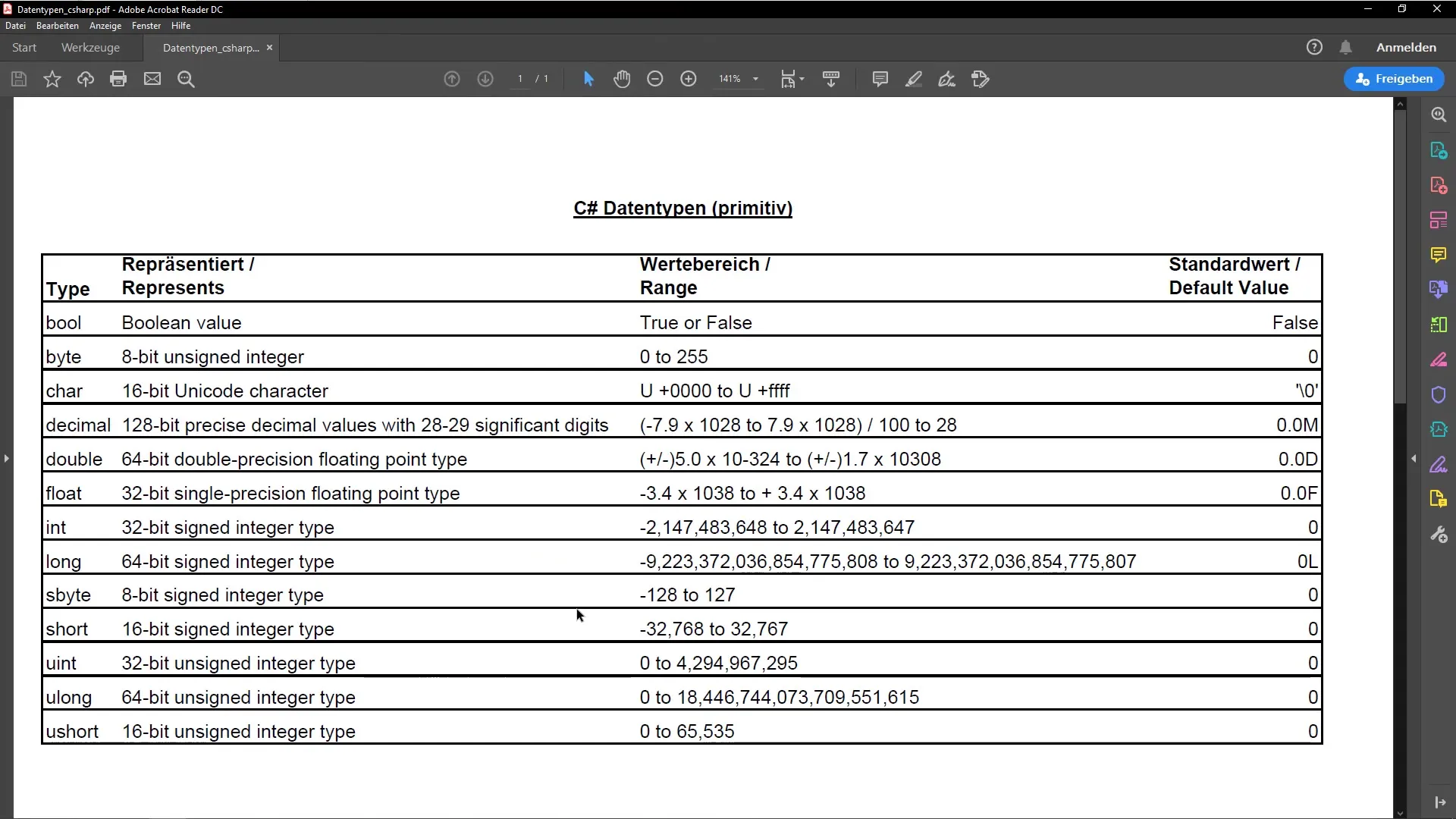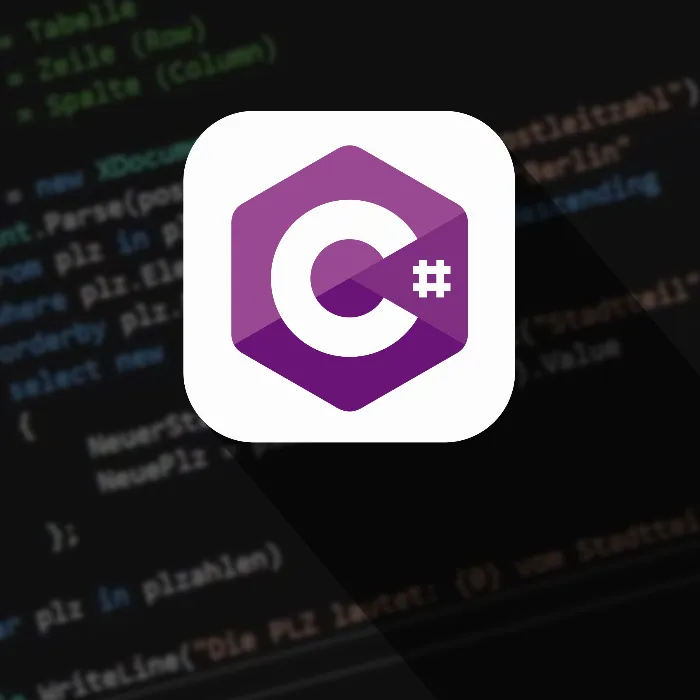Data types are fundamental concepts in programming that determine how data is stored and processed in variables. They define what values a variable can hold and affect the types of operations that can be performed on them. In this text, we will take a detailed look at data types in C#, their properties, and how you can effectively use them.
Key Insights
- Data types influence the range of values a variable can hold.
- There are various data types, including integers, floating-point numbers, boolean values, and strings.
- The correct use of data types is essential for efficient programming.
Step-by-Step Guide
1. Basics of Data Types
A data type describes what kind or range of values can be stored in a variable. The corresponding data type determines how the data is interpreted at runtime. In this step, you will learn that variables in C# are tied to a data type that dictates the method of storage and processing.

2. Overview of Data Types
In programming, we differentiate between various data types. The most common types are integers, floating-point numbers, boolean values, characters, and strings. For example, integers include int, short, and long.
3. Integers in Detail
The integers in C# include several types, with int being the most commonly used. The range of int goes from -2,147,483,648 to 2,147,483,647, providing you with the necessary flexibility for most use cases. The default value for int is zero.
4. Floating-Point Numbers
For floating-point numbers, C# offers the data types float, double, and decimal. These are particularly useful when it comes to storing numbers with decimal places. By choosing the correct return type, you can optimize memory usage and accuracy.
5. Boolean Values
Boolean data types in C# are referred to as bool. They can only assume two states – true or false. These data types are especially useful for control structures and decision-making processes in your program.
6. Strings
Another important data type is the String. A String is used to store text and consists of a sequence of characters. In C#, a String is enclosed in quotation marks, for example, "Hello World". Strings can be easily manipulated and processed.
7. Variable Declaration in C
To declare a variable, you must first specify the data type. For example, int value1;. After you have set the data type, you give the variable a name. This declaration reserves space in memory for your data type.
8. Variable Initialization
The initialization of a variable is done by assigning it a value. After you have declared the variable, you can assign it a value using the equal sign. An example would be value1 = 10;. This step is important for you to use the variable in your program.
9. Practical Application
In the next step, you will learn how to implement the concepts discussed so far in practical applications. Here, you can translate the theoretical knowledge of data types and variables into code, expanding the functionality of your programs.
Summary - Data Types in C#: A Comprehensive Guide
Understanding the various data types in C# is fundamental for anyone who wants to work in this programming language. From integers to floating-point numbers, strings, and boolean values, the proper use of these types is crucial for the efficiency and functionality of your code.
Frequently Asked Questions
What are data types in C#?Data types describe what kind of values can be stored in a variable.
What data types are there?There are integers, floating-point numbers, boolean values, and strings in C#.
How do I declare a variable?A variable is declared by writing the data type followed by a variable name, e.g., int value1;.
How do I initialize a variable?A variable is initialized by assigning it a value, e.g., value1 = 10;.
Why are data types important?Data types determine the range of values a variable can hold and influence the types of operations that can be performed on them.


